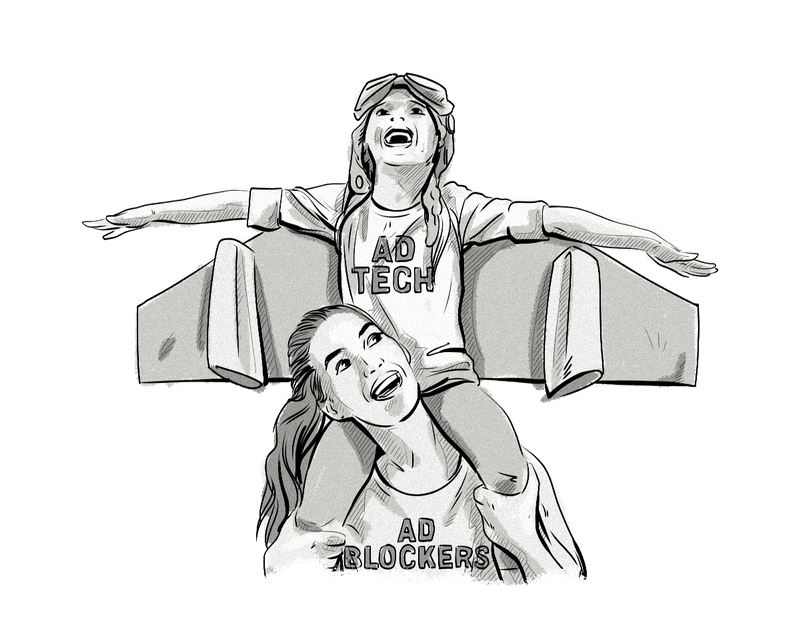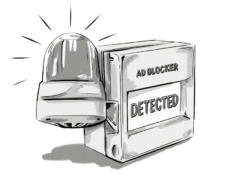Ad Tech is getting a wake-up call. It’s called ad-blockers.
The prospect of massive amounts of lost revenue is raising a general alarm in the industry. The spike in ad-blocker downloads after Apple’s new tweaks to the iPhone coupled with the integration of ad-blocking capabilities straight into web browsers only add to the seriousness of the issue.
The waters get murkier, however, with claims of censorship and unfair dominance by advertising giants like Google and Facebook. What might have started out as consumer backlash to a flood of popups and banner ads, has become a much more complicated issue.
All the more proof that it’s time for Ad Tech to grow up.
Too much success?
Up until now Ad Tech has been a boon for advertisers and publishers alike because of its potential for improved reach, greater agility and most importantly, a wide range of revenue possibilities.
But – AdTech carries with it the possibility to make marketers lazy – much like a child enthralled with a brand new toy.
Being able to push ad campaigns across a large range of publisher sites with automated tools has given a false sense of effectiveness with minimum effort, while ignoring the effects on customer experience. The anonymous factor of programmatic buying and selling (particularly in RTB-powered open exchanges) means that creatives can get dropped onto any and every publisher page with little or no regard for how they match surrounding content.
In addition to this intrusiveness, longer page load times contribute to a deteriorating customer experience. The speed (creatives served in the blink of an eye) and efficiency (less unsold inventory) of programmatic media-buying and selling means that sites have become loaded to the brim with ads which often slows down load times, especially on mobile devices, to a snail’s pace.

Somehow these exciting, new – and very useful – toys have gotten used too much.
Online users, of course, have turned to ad blockers to deal with these issues – and understandably so.
Responses from the advertising players have been varied and for the most part self-serving, which doesn’t betray a very mature approach to the situation.
Some have looked to overcome ad blocking technology with innovative workarounds. Video platform Brightcove’s tool Lift is one application that deals with ad blockers’ detection of the ad call by serving ads “in-line.” But this “sneaky” approach doesn’t offer a long-term solution.
Several big players in advertising claim to have a solution, creating so-called “walled gardens” like Apple News and recently-introduced (and already controversial) Facebook Instant Articles for a cleaner customer experience. And yet, online users, like most everyone, value their independence, meaning that being tied into one stream for free news and having to pay subscription fees for anything else isn’t likely to make them too happy.
In neither case, however, have the answers been tied to a true focus on the end-user, in other words, those who consume online ads.
Towards a better Ad Tech ecosystem
What the AdTech industry needs in order to grow into a mature and sustainable ecosystem is to not only think about what is good for the bottom line of advertisers, publishers and those in between, but most of all what is good for online users themselves.

There are several areas which should help with this:
Finally, there needs to be more innovation when it comes to gathering online data since a large part of the page load time problem stems from tracking pixels connected to the ads. Better and more efficient tag management and cookie alternatives can go a long ways towards alleviating this part of the problem.
A better future
In the end, ad blockers may turn out to be a blessing in disguise.
Already the challenge thrown down by the current wave of ad blocking has started to unite the industry with the World Federation of Advertisers (WFA) calling for a coalition to analyse consumer attitudes towards advertising.
Hopefully this will encourage a more user-friendly outlook for the future and help shape the development of the next generation of tools as companies rediscover their conscience and put the customer first.
And that isn’t a bad thing.







